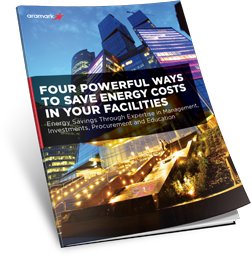A geothermal asset requires liquid, intensity, and porousness to create power:
- Liquid — Adequate liquid should exist normally or be siphoned into the repository.
- Heat — The world’s temperature normally increments with profundity and changes in light of the geographic area-Power to Choose Alternative .
- Penetrability — to get warm, the liquid should come into contact with the warmed stone, either using regular cracks or through invigorating the stone.
Regular aqueous assets contain each of the three components normally. Progressively, be that as it may, geothermal frameworks where subsurface liquid and porousness are missing are being designed or upgraded to get to the world’s intensity by adding liquid to these hot subsurface assets. Known as upgraded geothermal frameworks (EGS), this innovation could be a unique advantage in the geothermal area, tapping 100+ gigawatts of geothermal energy, around a modest amount of homegrown energy interest.
Moreover, low-temperature and coproduced advances are being investigated for close-term power arrangements.
Power plants

Power plants use steam delivered from geothermal supplies to create power. Three geothermal power plant advances are being utilized to change over aqueous liquids to power — dry steam, streak steam, and double cycle. The kind of transformation utilized (choice being developed) relies upon the condition of the liquid (steam or water) and its temperature.
Dry Steam Power Plant
Dry steam plants use aqueous liquids that are essentially steam. The steam ventures out straightforwardly to a turbine, which drives a generator that produces power. The steam wipes out the need to consume petroleum products to run the turbine (likewise killing the need to ship and store energy). These plants emanate just an overabundance of steam and exceptionally minor measures of gases.
Dry steam power plant frameworks were the primary kind of geothermal power age plants constructed (they were first utilized at Lardarello in Italy in 1904). Steam innovation is as yet compelling today at right now being used at The Fountains in northern California, the world’s biggest single wellspring of geothermal power.
Streak Steam Power Plant
Streak steam plants are the most widely recognized sort of geothermal power age plants in activity today. Liquid at temperatures more noteworthy than 360°F (182°C) is siphoned under high tension into a tank at the surface held at a much lower pressure, making a portion of the liquid quickly disintegrate, or “streak.” The fume then drives a turbine, which drives a generator. On the off chance that any fluid remaining parts in the tank, it very well may be streaked again in a moment tank to remove much more energy.
Parallel Cycle Power Plant
Parallel cycle geothermal power age plants vary from Dry Steam and Glimmer Steam frameworks in that the water or steam from the geothermal repository never interacts with the turbine/generator units. Low to reasonably warmed (beneath 400°F) geothermal liquid and an optional (consequently, “paired”) liquid with a much lower edge of boiling over that water go through an intensity exchanger. The heat from the geothermal liquid makes the optional liquid blaze to fume, which then, at that point, drives the turbines and in this manner, the generators.
Parallel cycle power plants are shut-circle frameworks, and practically nothing (except water fume) is transmitted to the environment. Since assets beneath 300°F address the most widely recognized geothermal asset, a huge extent of geothermal power in the future could emerge out of paired cycle plants.
